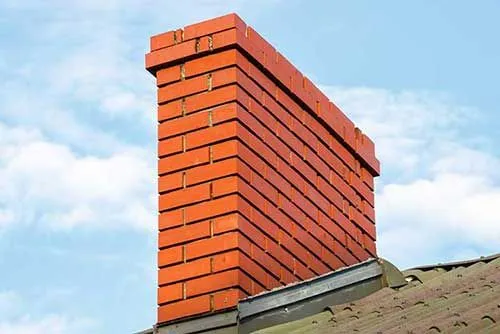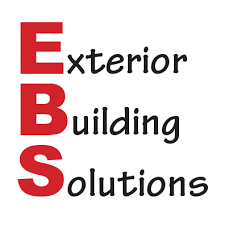Exterior Building Solutions: Expert Tuckpointing in Ellisville, MO
Tuck Pointing in Ellisville, MO

What is Tuck Pointing?
Mortar is the primary material that binds bricks and stone. When exposed to constant weathering, the joints of this material can deteriorate fast. Moisture absorbed by the mortar can freeze during cold months, expanding within it and causing it to crumble. As a result, the brick and stone composition of your structure can loosen and crack.
Tuckpointing is key to preventing further damage on your masonry. Simply put, it involves removing bad or rotting mortar and replacing it with new mortar to reinforce your structure. Tuckpointing provides an excellent preventive and maintenance measure for brick and stone architectures, letting homeowners act on the problem before their structure collapses and needs to be rebuilt.
Turn to Our Tuckpointing Specialists. Call Us Today!
Our superior tuckpointing services offer you the finest in the metropolitan area of St. Louis. Our highly skilled professionals employ the latest tools and services to locate cracks and fix them to make your building sturdier than before. Be it a small crack repair or a considerable breakage fixing, our tuckpointing services are always at your disposal.
Along with tuckpointing services, Exterior Building Solutions offers an extensive array of building repair and maintenance services in the city and suburbs of St. Louis. Give us a call today at (314) 729-7663 or visit our office to strike a deal for all building repair needs. You can also complete our contact form to schedule a FREE estimate.
Send us a message by speaking with Ellie, our AI receptionist above.
Or fill out the form below!
